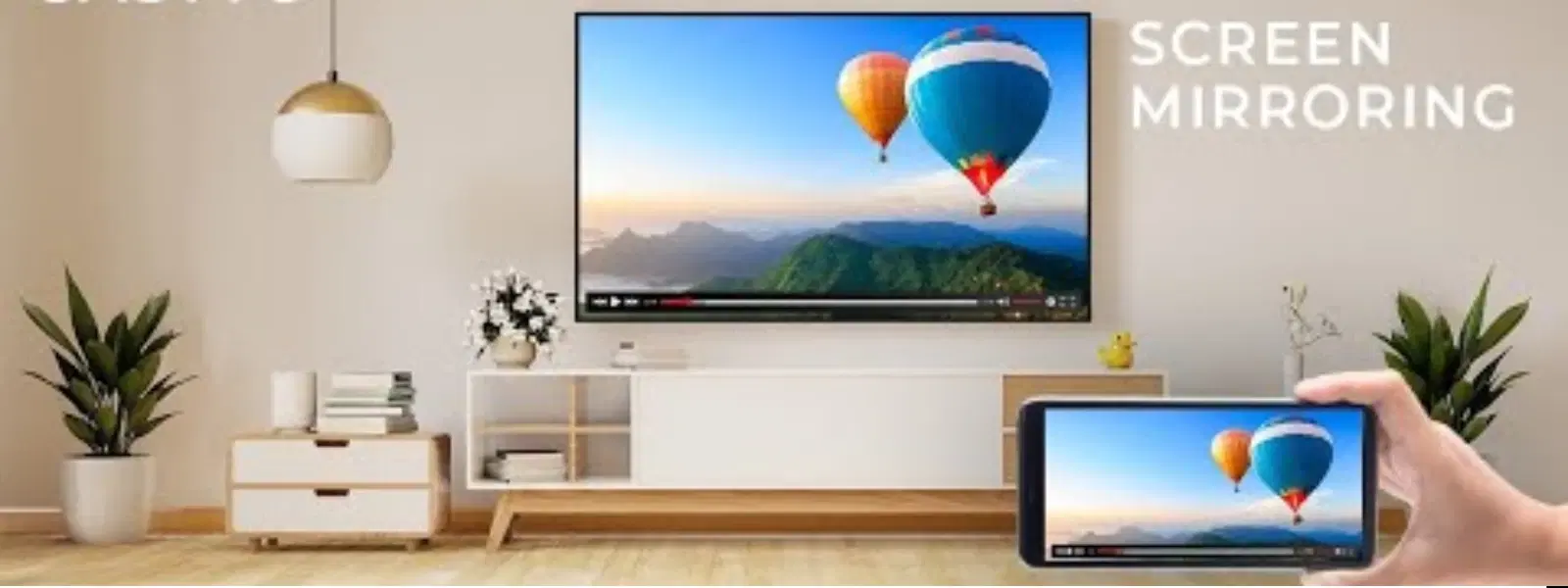
Consumer Electronics
•03 min read
Ever wondered how to connect your phone to your TV without relying on HDMI cables? Many of us face this challenge, especially when our TVs don’t come with the latest ports. In this guide, we share simple ways to link your phone to your TV using a USB connection. With clear steps, troubleshooting tips and alternative options, you will have everything you need to set up your connection without the fuss.
A USB connection is a simple technique that allows your phone to share its screen or files with your TV. Unlike HDMI, which is primarily used for high-def video transfers, USB can also be utilised to display your device’s content. The key difference is that many older TVs or specific models may not have HDMI ports, making USB a versatile choice.
Opting for a USB cable can be more affordable and user-friendly. It is also ideal for TVs that lack HDMI ports. Whether you want to mirror your screen or transfer videos and photos for a quiet family evening, a USB connection offers a seamless solution.
Start by checking if your TV has a USB port. Next, choose the right cable for your phone – whether it’s USB-C, Micro USB, or even Lightning. Once these are in place, simply plug the cable between your phone and TV. Finally, use your TV remote to select the USB input channel. This should display your phone’s content on the screen.
Before you start, ensure that both your phone and TV support the intended features, be it screen mirroring or simple file sharing. This small check can save you time and help you enjoy a smooth transition.
Screen mirroring via USB involves duplicating your phone’s display on the TV. Some devices even benefit from technology like MHL (Mobile High-Definition Link) or SlimPort adapters to support mirroring. This method is ideal for enjoying photos, videos, or even apps on a larger screen.
Another useful method is transferring files to your TV. Many TVs have the capability to directly play supported file formats – such as common video or photo files – when connected via USB. This is a perfect solution if you simply want to view your media without the continuous mirroring of your screen.
When you encounter problems, the cause might be simple. Often, the issue is related to compatibility or the settings on either device. For example, some TVs are designed for file transfers only, rather than screen mirroring.
If your TV is stuck on a 'Reading Files' message without showing your screen’s content or if there is no video or sound, check if the USB cable is functioning as it should. In cases of flickering or resolution issues, verifying your phone’s settings and confirming that your TV supports the mirroring function can help resolve these errors.
Insight Corner: Why Your TV Might Not Detect Your Phone
Did you know that some TVs only support USB connections for file transfer instead of full screen mirroring? Always take a moment to review your TV’s manual to confirm which features are supported.
If your TV does not support a direct connection using USB, consider alternative adapters. Options such as USB-to-VGA, USB-to-RCA AV, or USB-to-SCART offer additional pathways to make the connection work. Be sure to select an adapter that suits your TV’s model.
Some apps are designed for screen mirroring via USB and can enhance your viewing experience. Applications such as AirDroid or Vysor have proven to simplify user interactions. With a straightforward setup, these apps enable seamless sharing of content from your phone to the TV.
To connect your phone to your TV via USB, plug the cable into both devices, select the USB input on your TV, and ensure your phone supports screen mirroring or file sharing.
Connect your phone using a USB cable and enable screen mirroring if supported. If your phone does not support it directly, you might use an adapter like MHL or SlimPort.
This could be due to device incompatibility, incorrect input settings on your TV, or even a damaged USB cable. A quick check of your phone and TV manuals can often point to the solution.
Connecting your phone to your TV via USB without HDMI is straightforward when you have the right tools and knowledge. Whether you’re planning to mirror your screen or transfer files, following these steps can help you set up a flawless connection. This guide is all about making everyday tech challenges easier, and with the added benefit of earning NeuCoins on Tata Neu, every smart shopper can enjoy extra rewards while staying connected. Explore more consumer electronics insights and enjoy the seamless experience that Tata Neu offers with additional NeuCoins rewards to support your tech journey.